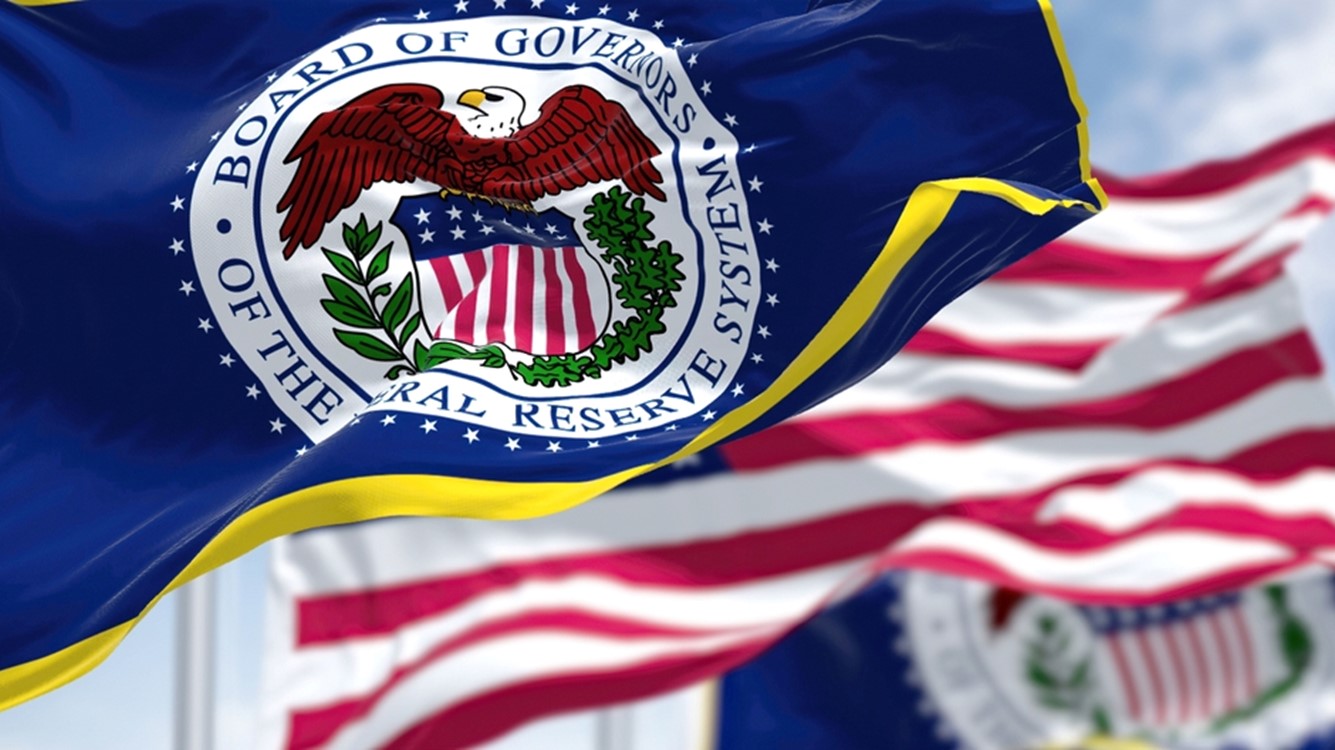Fed preps for rate cut
The risk of under-tightening rates is now balanced with that of overtightening.

July 26, 2024
The Federal Reserve has briefly receded from the headlines, a position that members welcome. The key to the July meeting is not what the Fed does, but how Chairman Jay Powell opens the door to rate cuts starting in September. He and Fed leaders ahead of the July meeting signaled a pivot in their views. They now see the risk of overtightening as more balanced with the risk of under-tightening.
Chairman Powell underscored his concern in his testimony to Congress on July 9. “Reducing policy restraint too late or too little could unduly weaken economic activity and employment,” he said.
Even Governor Christopher Waller, who asked “What is the rush?” on rate cuts earlier in the year, said the Fed is “getting closer” to its policy goals in July.
The message is clear. The Fed is not ready to pull the trigger in July but is willing to think about rate cuts; a few more months of favorable inflation data make a move in September easier to justify.
Why not cut now? Pleas for July cuts have intensified on worries the Fed may be too late in achieving its goal for a soft landing and cause a full-blown recession. The unemployment rate has moved up and is now within spitting distance of what is known as the “Sahm Rule,” an early recession indicator. It could break that rule with another rise in unemployment in July.
The good news is that much of the increase in unemployment we have seen has been due to a rise in the number of those seeking jobs as opposed to a surge in layoffs. Still, cracks are forming in the labor market. The ranks of those who have lost jobs and are finding it tougher to replace them are rising, along with the unemployment rate for new college grads.
The Fed was late on raising rates and fears it needs to re-establish its credibility on inflation. That decision looks prescient given stickier service sector inflation abroad, which has prompted the European Central Bank to potentially pause longer than it had hoped after cutting rates in June.
Separately, we only have two months of cooling inflation. The Fed will have more “proof” of whether inflation is truly going to stay down by September. That will help its credibility but ups the future risk of overtightening.
Several factors suggest that the Fed will get what it wants on the inflation front. Discounting by major retailers has picked up and goods prices are falling. Vehicle producers are sweetening incentives to deplete overflowing dealer lots. While a strong dollar should help to suppress accelerate a drop in goods prices into early 2025.
The most persistent inflation is in healthcare costs and insurance. Food inflation has cooled significantly from what we saw earlier in the recovery but is still running about twice the pace it was pre-pandemic.
Aggregate wages have moved above inflation, which is restoring purchasing power. However, the aggregate data describe everybody and no one all at once. Many are still struggling with the high level of prices and the cumulative effect that inflation has had on their budgets. There are a lot of reasons for the inflation we have endured. It doesn’t matter why as much as it is the Fed’s job to have the cost-of-living today recede from the headlines as much as their meeting in July has in recent days.
Aggregate wages have moved above inflation, which is restoring purchasing power.
Diane Swonk, KPMG Chief Economist
Explore more

KPMG Economics
A source for unbiased economic intelligence to help improve strategic decision-making.

Turbulence beneath the surface: A view from abroad
Inflation appears to have peaked across much of the world.
Subscribe to insights from KPMG Economics
KPMG Economics distributes a wide selection of insight and analysis to help businesses make informed decisions.
Meet our team
